'Objects of Addiction: Opium, Empire, and the Chinese Art Trade' at Harvard Art Museums
Opium pipe, China, Qing dynasty to Republican period, inscribed with cyclical date corresponding to 1868 or 1928. Water buffalo horn, metal, and ceramic. Harvard Art Museums/Arthur M. Sackler Museum, Bequest of Grenville L. Winthrop, 1943.55.6. Photo © President and Fellows of Harvard College.
How did the sale of opium in China by Massachusetts merchants in the 19th century contribute to a growing appetite for Chinese art at Harvard at the start of the 20th century?
Objects of Addiction explores the entwined histories of the opium trade and the Chinese art market between the late 18th and early 20th centuries. Opium and Chinese art, acquired through both legal and illicit means, had profound effects on the global economy, cultural landscape, and education—and in the case of opium, on public health and immigration—that still reverberate today.
The first section of the exhibition examines the origins of the opium trade, the participation of Massachusetts traders, and opium’s devastating impact on the Qing dynasty (1644–1911) and the Chinese people. Works presented here include smoking paraphernalia, an opium account book, and photographs, along with mass media illustrations critiquing the use and sale of opium.
The second section highlights the history of imperial art collecting in China and demonstrates the growing appetite for Chinese art in Europe and the United States after the Opium Wars (1839–42, 1856–60). Artworks from Massachusetts-based private and public collections show the shift in taste at this time from export ceramics and paintings to palace treasures and archaeological materials, including ancient bronzes and jades unearthed from tombs and Buddhist sculptures chiseled from cave temple walls. Through the histories of museum directors, professors, and donors, this section looks critically at the sources of Harvard’s Chinese art collection.
A special section of the exhibition investigates parallels between China’s opium crisis and the opioid epidemic in Massachusetts today. We invite visitors to share their thoughts and personal experiences in this space. A range of public programs throughout the fall will encourage community discussion around the opioid crisis, the effects of the Opium Wars on U.S.–China relations, the role of opium in Chinese exclusion in the United States, and art collecting practices. In addition, the artist collective 2nd Act will present a series of substance use prevention workshops, and the Cambridge Public Health Department and Somerville Health and Human Services Department will host trainings on the use of naloxone (Narcan) to reverse opioid overdoses.
This exhibition features works from the collections of the Harvard Art Museums. In addition, loans have been generously provided by the Peabody Museum of Archaeology and Ethnology, Fine Arts Library, Harvard-Yenching Library, Economic Botany Library of Oakes Ames, Houghton Library, and Baker Library (all at Harvard), as well as by the Forbes House Museum, the Ipswich Museum, and Mr. and Mrs. James E. Breece III.
Curated by Sarah Laursen, Alan J. Dworsky Associate Curator of Chinese Art, Harvard Art Museums; with contributions from Harvard students Emily Axelsen (Class of 2023), Allison Chang (Class of 2023), and Madison Stein (Class of 2024), who were instrumental in the early development and planning of this exhibition. We are also grateful to the community members, students, and scholars who lent their time and expertise.
Support for the exhibition is provided by the Alexander S., Robert L., and Bruce A. Beal Exhibition Fund; the Robert H. Ellsworth Bequest to the Harvard Art Museums; the Harvard Art Museums’ Leopold (Harvard M.B.A. ’64) and Jane Swergold Asian Art Exhibitions and Publications Fund and an additional gift from Leopold and Jane Swergold; the José Soriano Fund; the Anthony and Celeste Meier Exhibitions Fund; the Gurel Student Exhibition Fund; the Asian Art Discretionary Fund; the Chinese Art Discretionary Fund; and the Rabb Family Exhibitions Fund. Related programming is supported by the M. Victor Leventritt Lecture Series Endowment Fund. The accompanying booklet was made possible by generous support from Mr. and Mrs. James E. Breece III. Additional support for this project is provided by the Dunhuang Foundation.
Poppies and Insect, from The Mustard Seed Garden Manual of Painting (Jieziyuan Huapu), Vol. 1, China, Qing dynasty, late 18th century (1782 edition). Page from a woodblock-printed book; ink and color on paper. Harvard Art Museums/Arthur M. Sackler Museum, Gift of the Friends of Arthur B. Duel, 1933.4.1246. Photo © President and Fellows of Harvard College.
Filigree Necklace, Yang Qinghe Silver Shop, late 19th-early 20th century. Gold, 6.35 x 40.64 cm, maker's mark: maker's marks on underside of clasps "足赤""才"; "甲""楊慶和". Harvard Art Museums/Fogg Museum, Bequest of Mrs. William Hayes Fogg, 1895.614. Photo © President and Fellows of Harvard College.
Pair of Hoop Earrings with Filigree and Pearl, Qingyun 慶云 Silver Shop, late 19th-early 20th century. Gold and pearl, 2.86 x 0.95 cm, maker's mark: maker's marks on underside "丙""慶云""美""足赤". Harvard Art Museums/Fogg Museum, Bequest of Mrs. William Hayes Fogg. Photo © President and Fellows of Harvard College.
The Port of Shanghai, 19th century. Pigments in animal glue on paper, 50.8 × 113.7 cm. Harvard Art Museums/Fogg Museum, Bequest of Mrs. William Hayes Fogg, 1895.692. Photo © President and Fellows of Harvard College.
Rectangular Silk Fragment with Decoration of a Five-Clawed Dragon amid Clouds and Auspicious Symbols, Qing dynasty, 1644-1911. 'Kesi' silk tapestry fragment, 44.5 × 58.1 cm. Harvard Art Museums/Arthur M. Sackler Museum, Gift of Dr. Denman W. Ross, 1916.488. Photo © President and Fellows of Harvard College.
Broad-Shouldered Jar with Flaring Base and Decoration of Three Dragons, Each Pursuing a Brocade Ball, Qing dynasty, late 17th-early 18th Century. Blue-and-white ware: porcelain with decoration painted in underglaze cobalt blue, H. 22.9 cm. Harvard Art Museums/Arthur M. Sackler Museum, Gift of Dr. Denman W. Ross, 1917.24. Photo © President and Fellows of Harvard College.
Circular Dish with Subtly Bracketed, Everted Rim and with Decoration of Rocks, Bamboo, Flowering Plants, and Auspicious Objects, Qing dynasty, late 17th-early 18th Century. Export blue-and-white ware, imitation kraak porcelain: porcelain with decoration painted in underglaze cobalt blue; with underglaze cobalt blue hallmark of a single Chinese character reading "yu" (jade) within a double circle on the base, H. 4.5 x Diam. 21.4 cm. Harvard Art Museums/Arthur M. Sackler Museum, Gift of Dr. Denman W. Ross, 1917.31. Photo © President and Fellows of Harvard College.
Small Circular Covered Box with Lotus Decor, Southern Song-Yuan dynasty (1127-1368). Qingbai ware: molded porcelain with pale sky-blue glaze. H. 2.7 × Diam. 4.5 cm. Harvard Art Museums/Arthur M. Sackler Museum, Bequest of Hervey E. Wetzel, 1919.209.A-B. Photo © President and Fellows of Harvard College.
Cup with Flaring Lip, Southern Song dynasty (1127-1279). Qingbai ware: molded porcelain with pale sky-blue glaze. H. 4.2 × Diam. 10.6 cm. Harvard Art Museums/Arthur M. Sackler Museum, Bequest of Hervey E. Wetzel, 1919.210.A. Photo © President and Fellows of Harvard College.
Foliate Cup Stand with Notched Rim and Reticulated Cup Receptacle, Southern Song dynasty (1127-1279). Qingbai ware: molded porcelain with pale sky-blue glaze. H. 7.4 x Diam. 14.1 cm. Harvard Art Museums/Arthur M. Sackler Museum, Bequest of Hervey E. Wetzel, 1919.210.B. Photo © President and Fellows of Harvard College.
Chinese ceramic wares made in Song dynasty (960–1279) court taste are esteemed for their refined forms, subtle decoration, and soft, muted glaze colors. Buoyed by national peace, economic prosperity, and the rise of a highly educated civil official class, local ceramics industries throughout China began to thrive and innovate at unprecedented levels.
Kilns seeking to supply household wares to their highly cultured clientele often created pieces that were reminiscent of other precious items. For example, northern Ding wares, with their decorative designs and thin bodies, were often compared to silverwork, while the thick green glazes coating southern Longquan wares brought carved jades to mind. Although natural forms were popular, like those inspired by flower blossoms, government officials, who had attained their positions through long study of ancient texts and history, were especially drawn to ceramics that resembled the bronzes and jades of antiquity. Courtly taste in China would change drastically after the Song, shifting toward brightly decorated blue-and-white porcelains, invented at Jingdezhen in the fourteenth century and manufactured at the same kilns that produced the delicate blue-tinged white wares known as qingbai.
Small Circular Dish with Decoration of Two Fish Swimming Amidst Blossoming Lotus Plants, Southern Song-Yuan dynasty (1127-1368). Qingbai ware: molded porcelain with pale sky-blue glaze. H. 2.7 × Diam. 4.5 cm. Harvard Art Museums/Arthur M. Sackler Museum, Bequest of Hervey E. Wetzel, 1919.212. Photo © President and Fellows of Harvard College.
Moon-Flask Shaped Snuff Bottle with Lavender Cover, Qing dynasty, 19th century. Grayish brown agate with brown mottles; tourmaline cover with attached ivory spoon. . 6.5 x W. 4.5 x D. 2 cm. Harvard Art Museums/Arthur M. Sackler Museum, Gift of Dr. Denman W. Ross, 1923.144.A-B. Photo © President and Fellows of Harvard College.
Bust of an Attendant Bodhisattva (from the south wall of Mogao Cave 320, Dunhuang, Gansu province), Tang dynasty, early 8th century. Section of a wall painting; polychromy on unfired clay; painting proper (irregular): H. 37.8 x W. 29.2 cm; acquired during the First Fogg Expedition to China (1923-24) led by Langdon Warner (1881-1955). Harvard Art Museums/Arthur M. Sackler Museum, First Fogg Expedition to China (1923-1924), 1924.44. Photo © President and Fellows of Harvard College.
Bust of a Bodhisattva Surrounded by a Monk and Devas (from the south wall of Mogao Cave 320, Dunhuang, Gansu province), Tang dynasty, early 8th century. Section of a wall painting; polychromy on unfired clay; painting proper (irregular): H. 47 x W. 62.2 cm; acquired during the First Fogg Expedition to China (1923-24) led by Langdon Warner (1881-1955). Harvard Art Museums/Arthur M. Sackler Museum, First Fogg Expedition to China (1923-1924), 1924.43. Photo © President and Fellows of Harvard College.
Headless Seated Figure, Tangut Xia period, c. 12th century. Sun-dried clay with polychrome pigments. Harvard Art Museums/Arthur M. Sackler Museum, First Fogg Expedition to China (1923-1924), 1924.65.6. Photo © President and Fellows of Harvard College.
Buddha Seated in Meditation, Tangut Xia period, c. 12th century. Sun-dried clay with polychrome pigments, 16.2 x 17.7 x 10.2 cm. Harvard Art Museums/Arthur M. Sackler Museum, First Fogg Expedition to China (1923-1924), 1924.65.28. Photo © President and Fellows of Harvard College.
Plaque with Buddha Seated inside a Stupa, Inner Mongolia (Nei Menggu), Khara Khoto, probably 9th century. Sun-dried clay, 13.8 x 10.5 cm. Harvard Art Museums/Arthur M. Sackler Museum, First Fogg Expedition to China (1923-1924), 1924.65.26.A. Photo © President and Fellows of Harvard College.
Votive Stupa with Seated Buddha Decor, Inner Mongolia (Nei Menggu), Khara Khoto, 8th-10th century. Clay. Harvard Art Museums/Arthur M. Sackler Museum, First Fogg Expedition to China (1923-1924), 1924.65.35.C. Photo © President and Fellows of Harvard College.
Attributed to Denman Waldo Ross, American (Cincinnati, OH 1853 - 1935 London, England), Still Life with Asian Jars and Vase. Oil on canvas, 35.6 x 25.1 cm. Harvard Art Museums/Fogg Museum, Bequest of Denman W. Ross, Class of 1875, 1936.150.638. Photo © President and Fellows of Harvard College.
'Gui' Covered Ritual Food Vessel with Dragon-Head Ring-Handles and Three Tiger-Mask Feet, Zhou dynasty, Western Zhou period, c. 1050-771 BCE. Cast bronze with dark green, speckled patina; with a 12-character dedication inscribed on both the vessel floor and lid interior. H. 23.5 x W. 31.8 x Diam. 20.2 cm. Harvard Art Museums/Arthur M. Sackler Museum, Alpheus Hyatt Purchasing Fund, 1939.202. Photo © President and Fellows of Harvard College.
Inscription: Twelve-character dedicatory inscriptions integrally cast on both vessel floor and underside of lid: San bo zuo Nie Ji bao gui qi wan nian yong yong [translation: The Prince of San made this precious gui for Lady Ji of Nie, may she continue to use it forever]Zhadou-Shaped Flowerpot with Globular Body and Flaring Mouth, probably 15th century, Ming dynasty, 1368-1644. Numbered Jun ware: light gray stoneware with variegated purple and blue glaze; with Chinese numeral 3 (san) inscribed on base before firing; max.: H. 22.8 × mouth Diam. 23.7 cm; body: Diam. 23.7 cm. Harvard Art Museums/Arthur M. Sackler Museum, Gift of Ernest B. and Helen Pratt Dane, 1942.185.38. Photo © President and Fellows of Harvard College.
Jade Covered Moon Flask with Two Ring Handles and with Dragon and Scrolling-Peony Decor, Qing dynasty, 1644-1911. Dark green nephrite (so-called spinach-green jade). Harvard Art Museums/Arthur M. Sackler Museum, Gift of Ernest B. and Helen Pratt Dane, 1942.185.97.A-B. Photo © President and Fellows of Harvard College.
Jade Circular Table Screen with Decoration of Figures in a Landscape on the Front and Trees and Mountains on the Back, Mounted on a Cloisonné Stand, Qing dynasty, 19th century. Dark green nephrite (so-called spinach-green jade); the stand made of cloisonné enamels on brass. H. 30.7 x W. 20.5 x D. 5.5 cm. Harvard Art Museums/Arthur M. Sackler Museum, Gift of Ernest B. and Helen Pratt Dane, 1942.185.124. Photo © President and Fellows of Harvard College.
Jade Circular Table Screen with Decoration of Figures in a Landscape on the Front and Trees and Mountains on the Back, Mounted on a Cloisonné Stand, Qing dynasty, 19th century. Dark green nephrite (so-called spinach-green jade); the stand made of cloisonné enamels on brass. H. 30.8 x W. 20.6 x D. 5.5 cm. Harvard Art Museums/Arthur M. Sackler Museum, Gift of Ernest B. and Helen Pratt Dane, 1942.185.125. Photo © President and Fellows of Harvard College.
Jade Covered Vessel in the Form of an Archaic Bronze 'Gong' Vessel Resting on a Recumbant Mythical Beast, Qing dynasty, Qianlong mark and period, 1736-1795. Yellow nephrite; with lid: H. 19.3 x W. 21.8 x D. 8.8 cm. Harvard Art Museums/Arthur M. Sackler Museum, Gift of Ernest B. and Helen Pratt Dane, 1942.185.128.A-B. Photo © President and Fellows of Harvard College.
Jade Cylindrical Brush Holder with Five Small Feet and with Decoration of Figures in a Mountainous Landscape, Qing dynasty, Qianlong period, dated to 1795. Dark green nephrite with black inclusions (so-called spinach-green jade); with dated inscription of the Qianlong Emperor (r. 1736-95) incised around the rim; H. 17.8 × Diam. 18.4 cm; dated inscription by the Ch'ien-lung Emperor incised around the rim. Harvard Art Museums/Arthur M. Sackler Museum, Gift of Ernest B. and Helen Pratt Dane, 1942.185.263. Photo © President and Fellows of Harvard College.
Archaic Jade 'Bi' Disk Mounted as a Table Screen, Qing dynasty, Qianlong period, 1747. Han-dynasty nephrite disk; Qing-dynasty carved wood stand with bronze-inlaid imperial inscription on the reverse; stand: H. 48.3 × W. 32.1 × D. 17.8 cm; disk: Diam. 23.2 cm. Harvard Art Museums/Arthur M. Sackler Museum, Gift of Ernest B. and Helen Pratt Dane, 1942.185.280. Photo © President and Fellows of Harvard College.
'Gong' Covered Ritual Wine Vessel with Animal, Bird, and 'Taotie' Decor, Zhou dynasty, Western Zhou period, c. 1050-771 BCE. Cast bronze; with inscriptions on vessel floor and interior of cover, H. 29.1 x L. 32.6 x W. 12.1 cm. Harvard Art Museums/Arthur M. Sackler Museum, Bequest of Grenville L. Winthrop, 1943.52.91. Photo © President and Fellows of Harvard College.
Bodhisattva Manjusri (Wenshu Pusa) Seated Under a Canopy and Holding a Ruyi Scepter, Eastern Wei, 534-550. Sandstone with traces of pigment; from Tianlongshan Cave 3, near Taiyuan, Shanxi province; 73 x 39 cm. Harvard Art Museums/Arthur M. Sackler Museum, Bequest of Grenville L. Winthrop, 1943.53.18. Photo © President and Fellows of Harvard College.
Crystal Ball on Lotus-Form Stand, Qing dynasty, 18th-19th century. Gilt bronze and rock crystal; crystal ball and stand: H. 32 cm; crystal ball: Diam. 20 cm. Harvard Art Museums/Arthur M. Sackler Museum, Bequest of Grenville L. Winthrop, 1943.55.24. Photo © President and Fellows of Harvard College.
In the style of Giuseppe Castiglione (Lang Shining 郞世寧) (1688 - 1766), Children at Play, 18th-19th century. Hanging scroll; ink and color on silk; 91 × 51.3 cm. Harvard Art Museums/Arthur M. Sackler Museum, Gift of Mr. and Mrs. Earl Morse, 1958.6. Photo © President and Fellows of Harvard College.
Recapture of the City of Tianjin, c. 1900, Qing dynasty, 1644-1911. Woodblock print: ink and color on paper; image: 33.3 × 59.7 cm, paper: 35.2 × 63 cm. Harvard Art Museums/Arthur M. Sackler Museum, Transfer from the Baker Library, 1959.178. Photo © President and Fellows of Harvard College.
Dish with Qilin Decor, Yuan dynasty, 1279-1368. Blue-and-white ware: Export porcelain with decoration painted in underglaze cobalt blue for the Southeast Asian market; H. 3.2 cm x Diam. 18.1 cm. Harvard Art Museums/Arthur M. Sackler Museum, Gift of Fernando Zóbel de Ayala, 1961.70. Photo © President and Fellows of Harvard College
Opium smokers, Photo from an Album, c. 1857 - c. 1874, Qing dynasty, 1644-1911. Albumen silver print. Harvard Art Museums/Arthur M. Sackler Museum, Transfer from Widener Library, Harvard University, 1978.484. Photo © President and Fellows of Harvard College.
Plate with Octagonal Rim and Decoration of a Riverscape with Mansion and Fishing Boats (one of two from a set), c. 1770. Qing dynasty, 1644-1911. Export blue-and-white ware: porcelain with decoration painted in underglaze cobalt blue. H. 2.6 x Diam. 23.8 cm. Harvard Art Museums/Arthur M. Sackler Museum, Bequest of James Gould Cozzens, 1979.438.1. Photo © President and Fellows of Harvard College.
Circular Dish with Subtly Bracketed, Everted Rim and with Decoration of Birds among Flowers and Plants, Ming (1368-1644) to Qing (1644-1911) dynasty. Export blue-and-white ware, kraak porcelain: porcelain with decoration painted in underglaze cobalt blue; H. 3.5 x Diam. 21.2 cm. Harvard Art Museums/Arthur M. Sackler Museum, Bequest of Walter and Ella Siple, 1979.451. Photo © President and Fellows of Harvard College.
Circular Dish with Everted Rim and Decoration of Butterfly among Flowers and Garden Rocks, late 17th-early 18th century, Qing dynasty, 1644-1911. Export blue-and-white ware, kraak-type ware: porcelain with decoration painted in underglaze cobalt blue; with underglaze cobalt blue hallmark of an artemisia leaf within a double circle on the base, H. 3.8 x Diam. 21.9 cm. Harvard Art Museums/Arthur M. Sackler Museum, Bequest of Walter and Ella Siple, 1979.453. Photo © President and Fellows of Harvard College.
Canton Ware Dish, c. mid-19th century, Qing dynasty, 1644-1911. Porcelain with underglaze cobalt blue decoration; H. 3.9 x Diam. 25.2 cm. Harvard Art Museums/Arthur M. Sackler Museum, Bequest of Walter and Ella Siple, 1979.454. Photo © President and Fellows of Harvard College.
An episode from the Romance of the Western Chamber (Xixiangji 西廂記), 18th-19th century, Qing dynasty, 1644-1911. Album leaf; ink, colors, and gold on paper; painting proper: 29.6 × 22.2 cm, overall: 40 × 30 cm. Harvard Art Museums/Arthur M. Sackler Museum, Bequest of the Hofer Collection of the Arts of Asia, 1985.882. Photo © President and Fellows of Harvard College.
Huang Ding 黃鼎, Chinese (1660 - 1730), Snowy Ravines and Mountains: Landscape Painting after Li Cheng, 1688, Qing dynasty, 1644-1911. Handscroll; ink on paper; painting proper: H. 24 × W. 272.8 cm, with mounting: H. 25 cm. Harvard Art Museums/Arthur M. Sackler Museum, Bequest of the Hofer Collection of the Arts of Asia, 1985.928. Photo © President and Fellows of Harvard College.
Large Circular Bowl with Subtly Bracketed, Everted Rim and Decoration of a Scroll and Auspicious Objects, late 16th century, Ming dynasty, 1368-1644. Export blue-and-white ware, kraak porcelain: porcelain with decoration painted in underglaze cobalt blue, Diam. 36.2 cm. Ex-Collection: Mr. and Mrs. Gordon Morrill, Boston, MA. Harvard Art Museums/Arthur M. Sackler Museum, Asian Art Objects Fund, 1986.375. Photo © President and Fellows of Harvard College.
Vase in the Shape of an Archaic Jade 'Cong' Ritual Implement, Qing dynasty, Qianlong period, 1736 - 1795. Jingdezhen 'Guan'-type ware: porcelain with crackled, grayish blue, 'guan'-type glaze; with underglaze cobalt blue mark reading 'Da Qing Qianlong nian zhi' in seal-script characters on the base. H. 27.0 x W. 13.1 x D. 13.1 cm. Harvard Art Museums/Arthur M. Sackler Museum, Gift of Ralph C. Marcove, M.D.; 1991.275. Photo © President and Fellows of Harvard College.
Chinese ceramic wares made in Song dynasty (960–1279) court taste are esteemed for their refined forms, subtle decoration, and soft, muted glaze colors. Buoyed by national peace, economic prosperity, and the rise of a highly educated civil official class, local ceramics industries throughout China began to thrive and innovate at unprecedented levels.
Kilns seeking to supply household wares to their highly cultured clientele often created pieces that were reminiscent of other precious items. For example, northern Ding wares, with their decorative designs and thin bodies, were often compared to silverwork, while the thick green glazes coating southern Longquan wares brought carved jades to mind. Although natural forms were popular, like those inspired by flower blossoms, government officials, who had attained their positions through long study of ancient texts and history, were especially drawn to ceramics that resembled the bronzes and jades of antiquity. Courtly taste in China would change drastically after the Song, shifting toward brightly decorated blue-and-white porcelains, invented at Jingdezhen in the fourteenth century and manufactured at the same kilns that produced the delicate blue-tinged white wares known as qingbai.
Tea Bowl with Indented Lip and Silvery Brown Hare's-Fur Markings, Song dynasty, 12th-13th century. Jian ware: dark gray stoneware with dark brown glaze enlivened with markings in overglaze iron-brown slip; the lip banded with metal. From the kilns at Shuiji, Jianyang county, Fujian province; H. 7.3 x Diam. 12.7 cm. Harvard Art Museums/Arthur M. Sackler Museum, Bequest of David Berg, Esq., 1999.230.6. Photo © President and Fellows of Harvard College.
Circular Charger with Everted Lip and Garden Scene with a Banana Palm, Bamboo, Rocks, and Fruiting Melon Vines, Yuan dynasty, mid-14th century. Blue-and-white ware: porcelain with decoration painted in underglaze cobalt blue; H. 6.5 cm x Diam. 40.8 cm. Harvard Art Museums/Arthur M. Sackler Museum, Purchase through the generosity of Alan J. and Suzanne W. Dworsky and of the Ralph C. Marcove International Understanding Through Arts and Crafts Foundation and through the Lilian and Benjamin Hertzberg Fund, 2006.114. Photo © President and Fellows of Harvard College.

/https%3A%2F%2Fprofilepics.canalblog.com%2Fprofilepics%2F1%2F0%2F100183.jpg)
/https%3A%2F%2Fstorage.canalblog.com%2F03%2F02%2F119589%2F96711876_o.jpg)
/https%3A%2F%2Fstorage.canalblog.com%2F11%2F31%2F119589%2F94773502_o.jpg)
/https%3A%2F%2Fstorage.canalblog.com%2F20%2F83%2F119589%2F94772815_o.jpg)
/https%3A%2F%2Fstorage.canalblog.com%2F26%2F72%2F119589%2F75604929_o.jpg)
/https%3A%2F%2Fstorage.canalblog.com%2F59%2F60%2F119589%2F26458628_o.jpg)


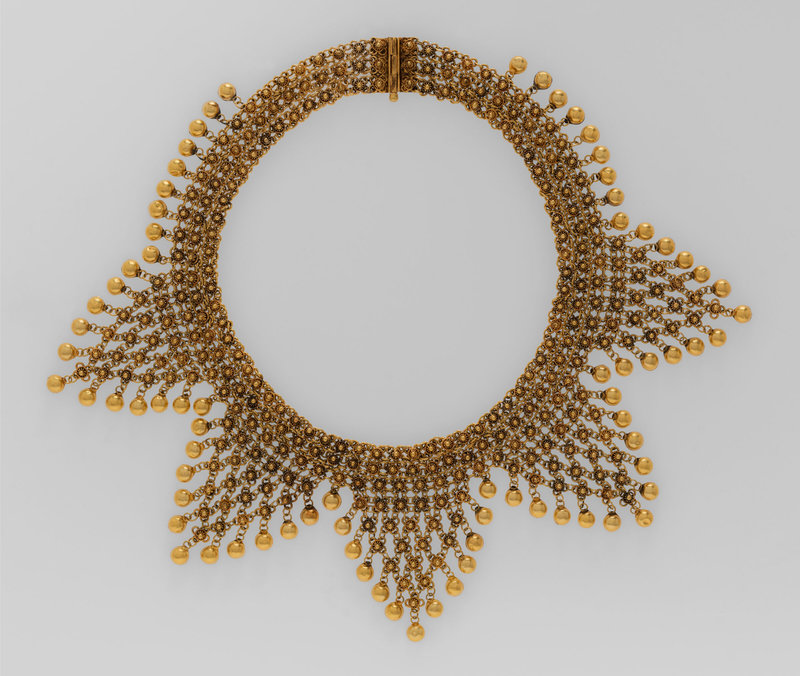





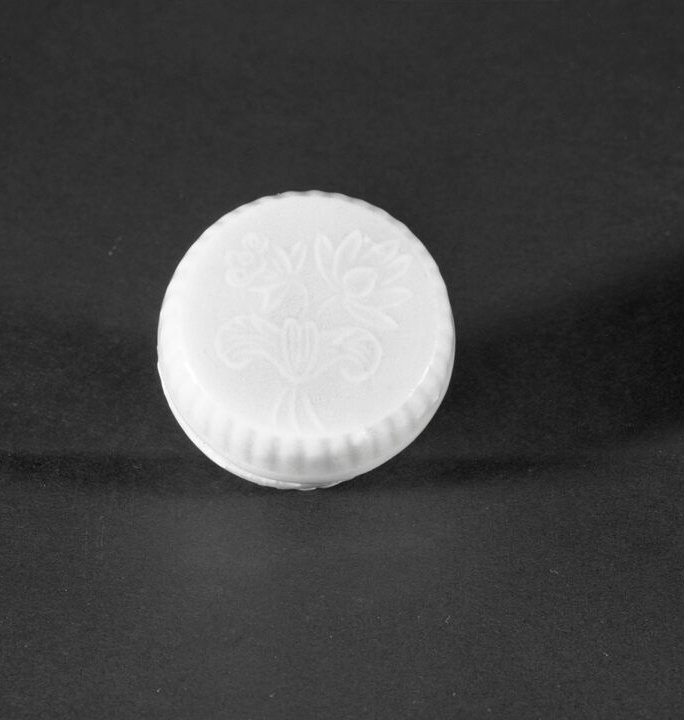
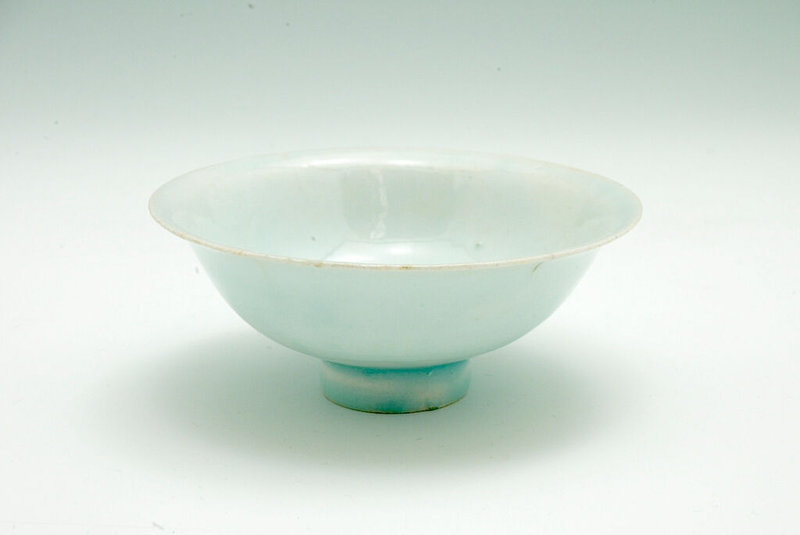
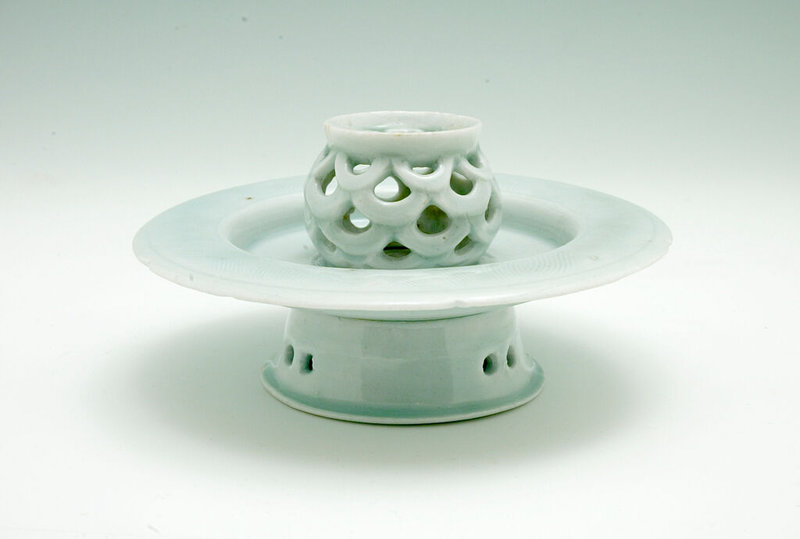
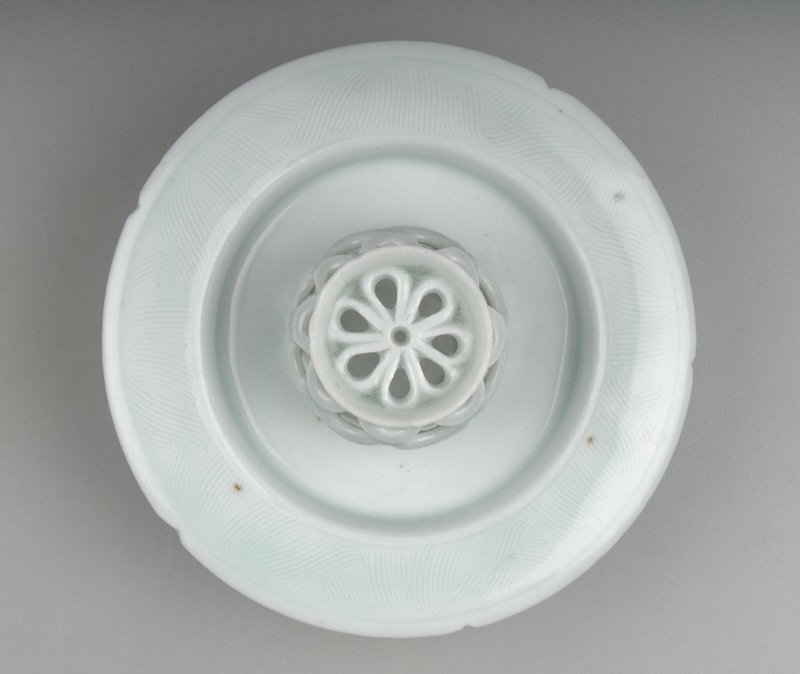

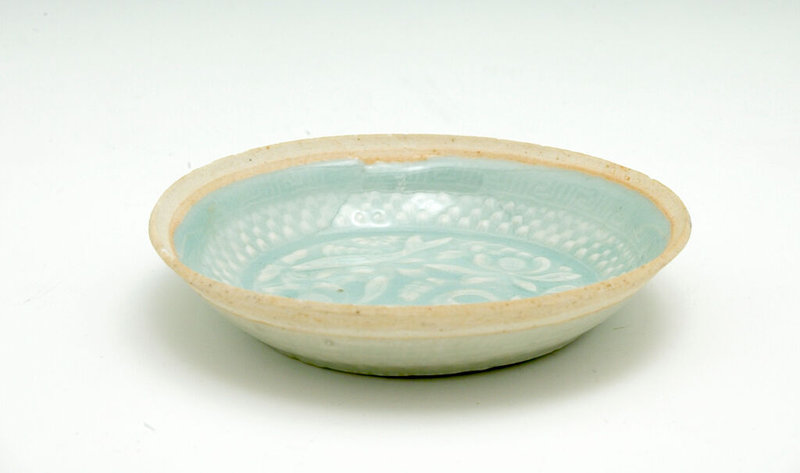

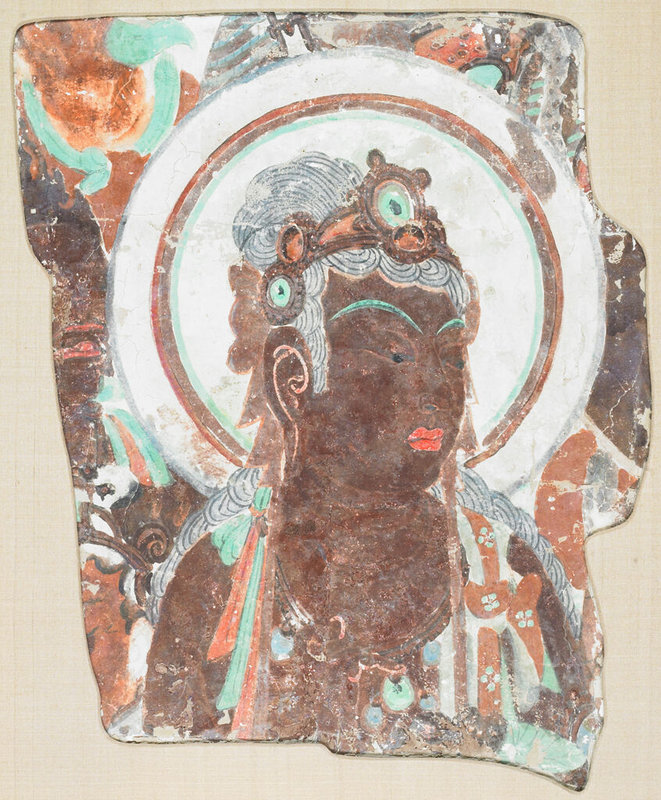


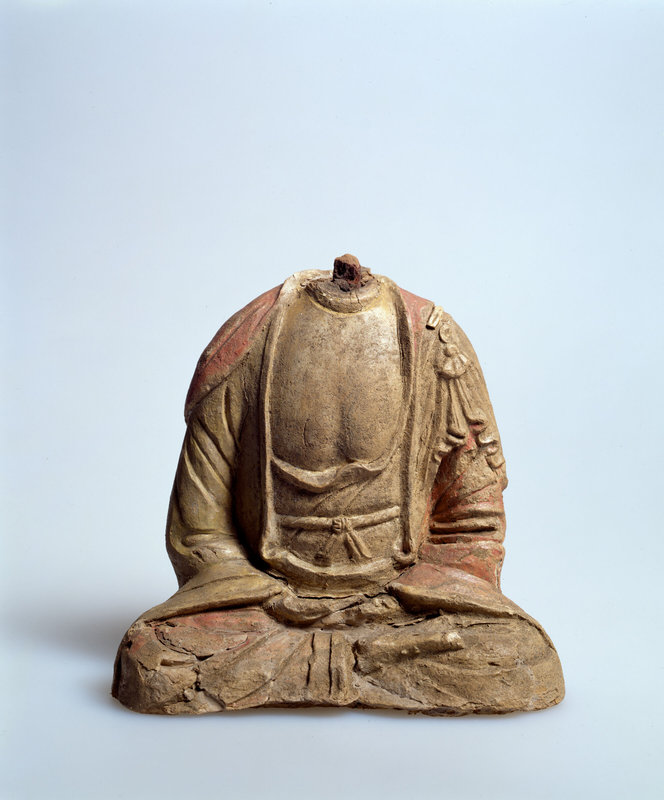
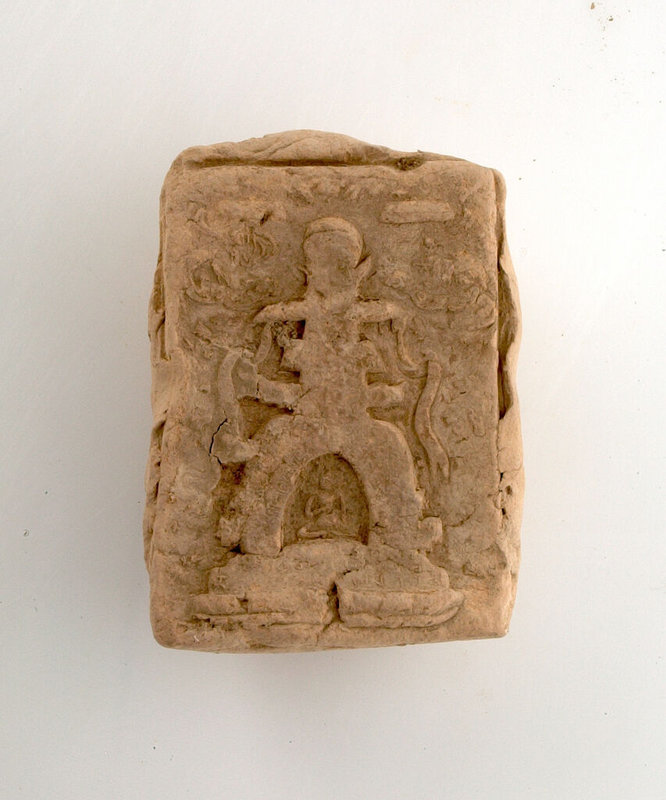

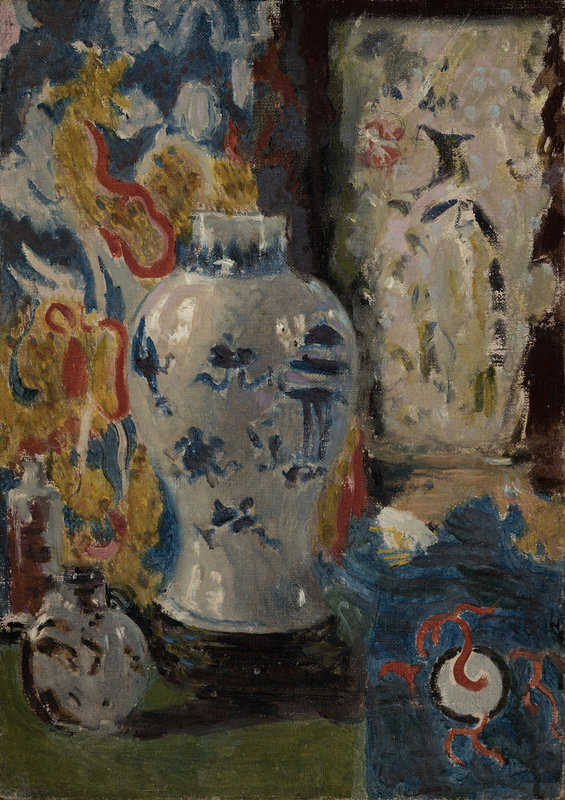

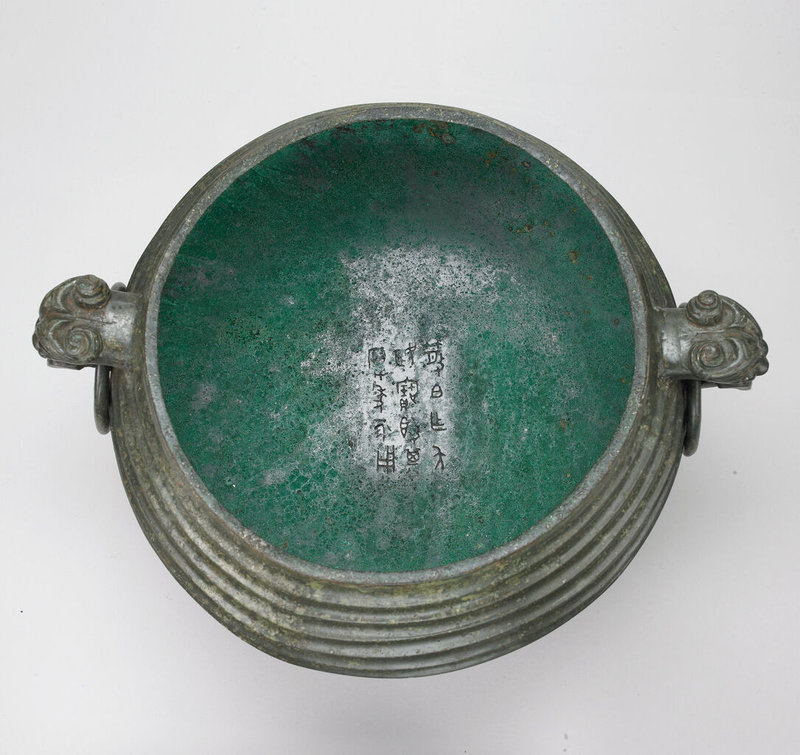

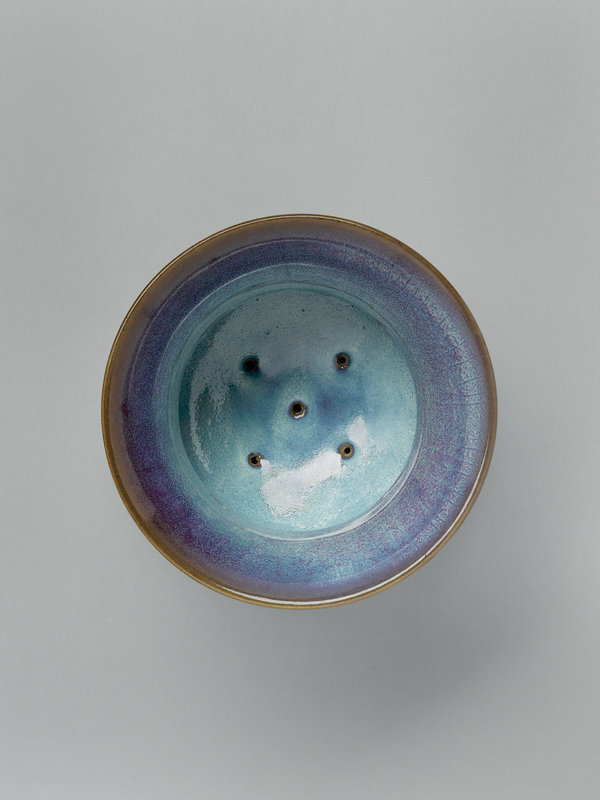


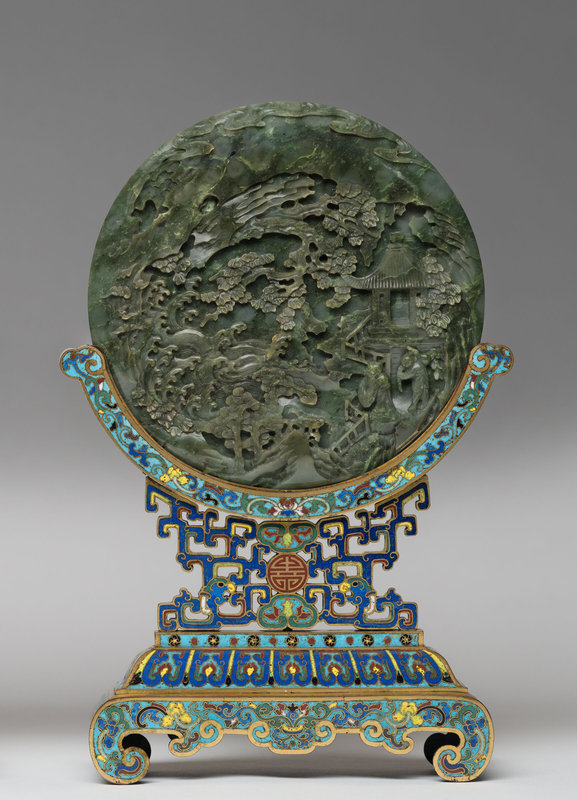

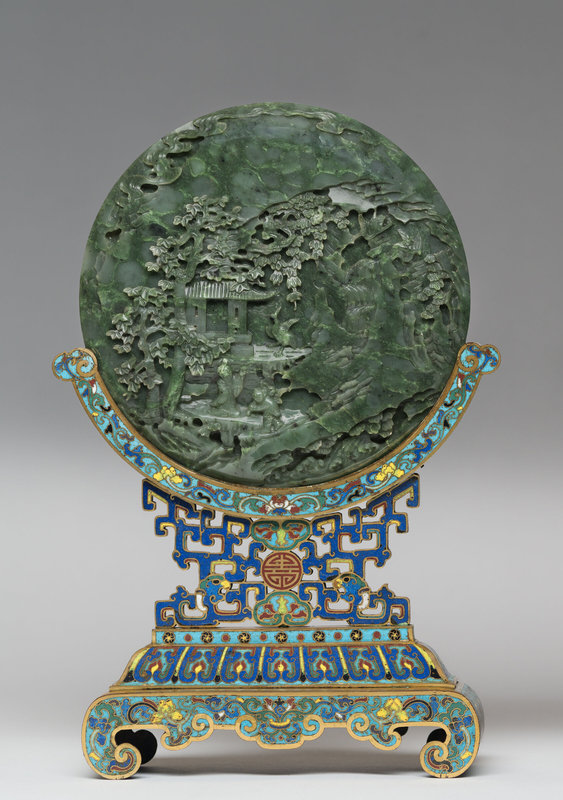
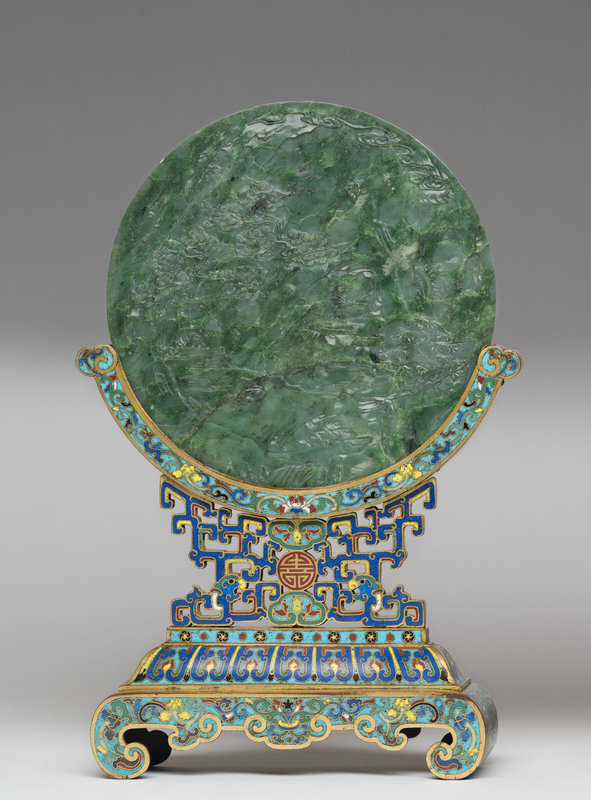





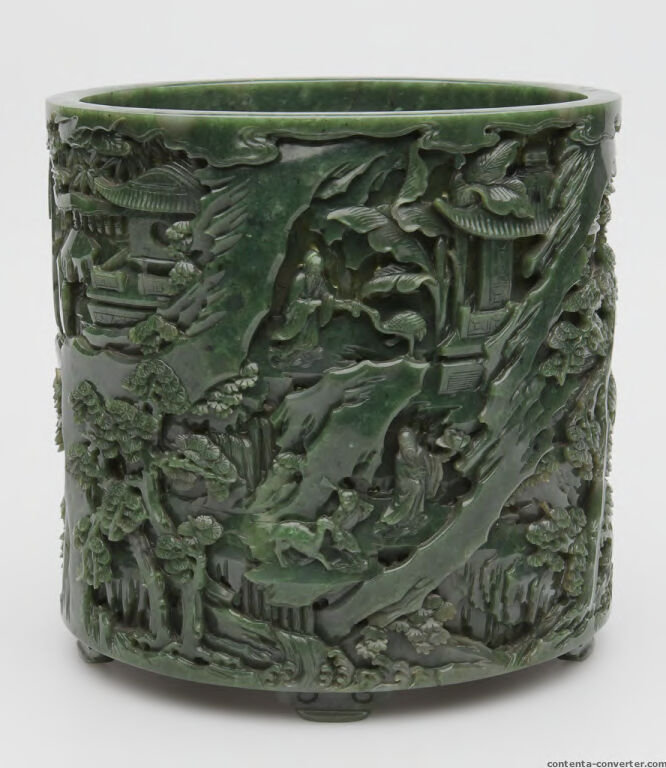




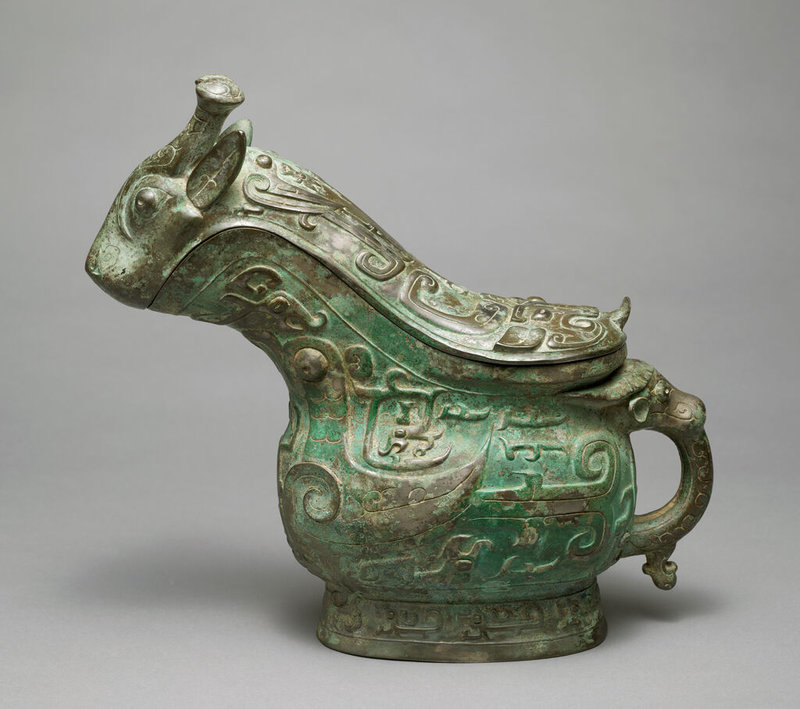
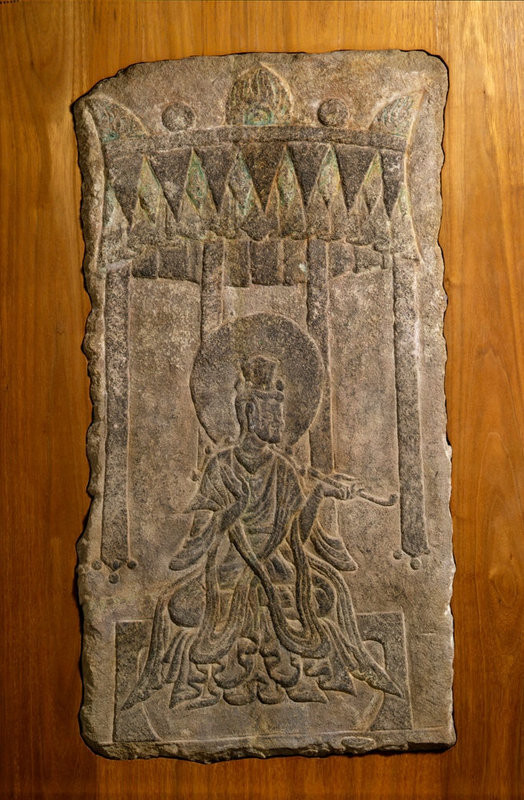


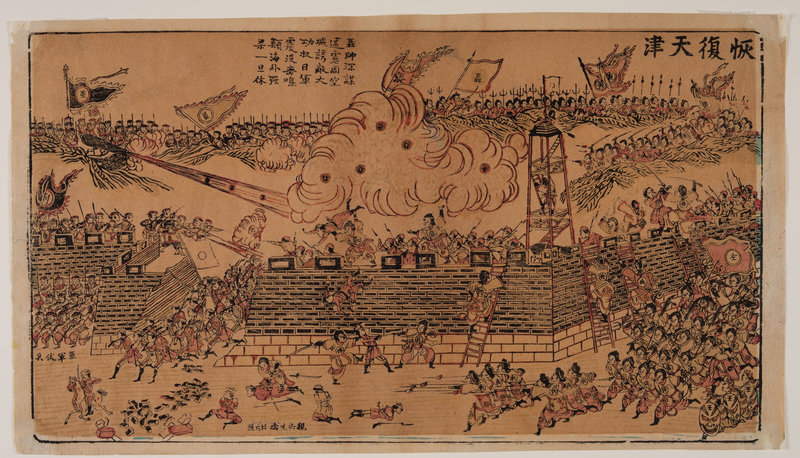




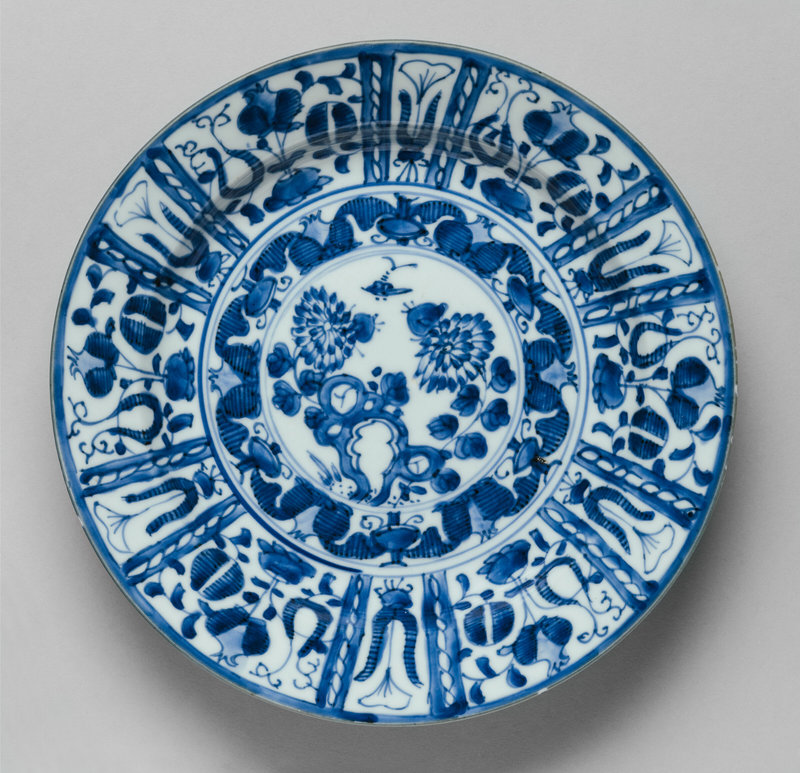
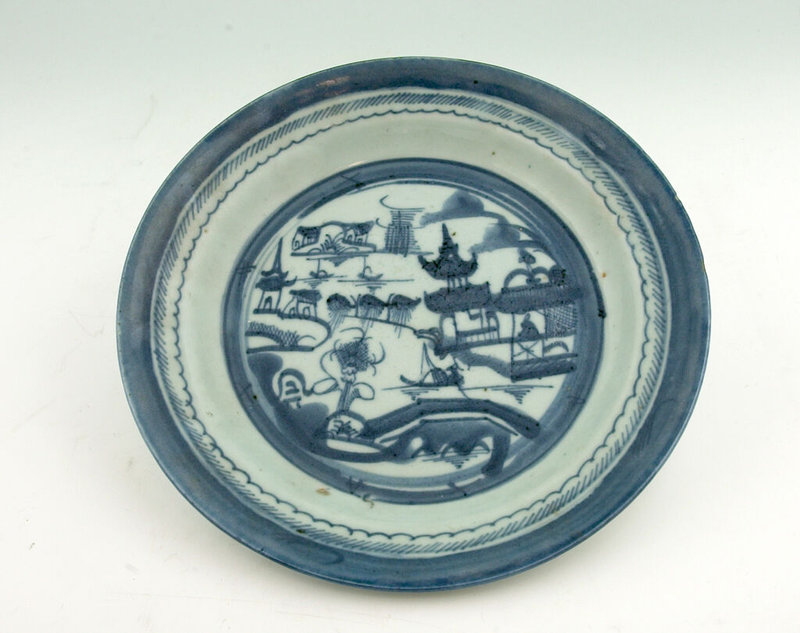


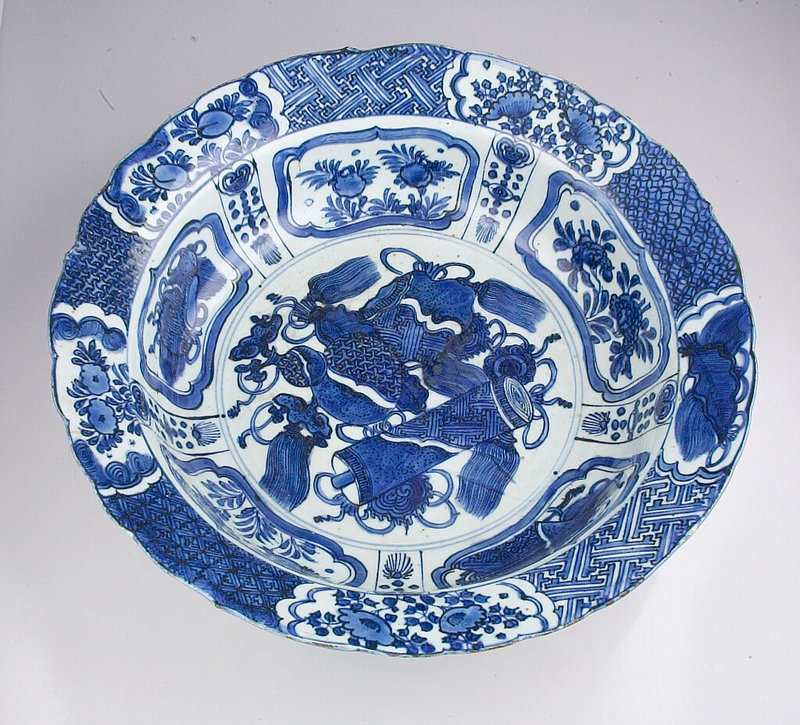





/http%3A%2F%2Fstorage.canalblog.com%2F88%2F51%2F119589%2F70657953_o.jpg)
/http%3A%2F%2Fstorage.canalblog.com%2F80%2F04%2F577050%2F39742778_p.jpg)
/http%3A%2F%2Fstorage.canalblog.com%2F39%2F68%2F577050%2F39741593_p.jpg)
/http%3A%2F%2Fstorage.canalblog.com%2F50%2F18%2F119589%2F34198966_o.jpg)